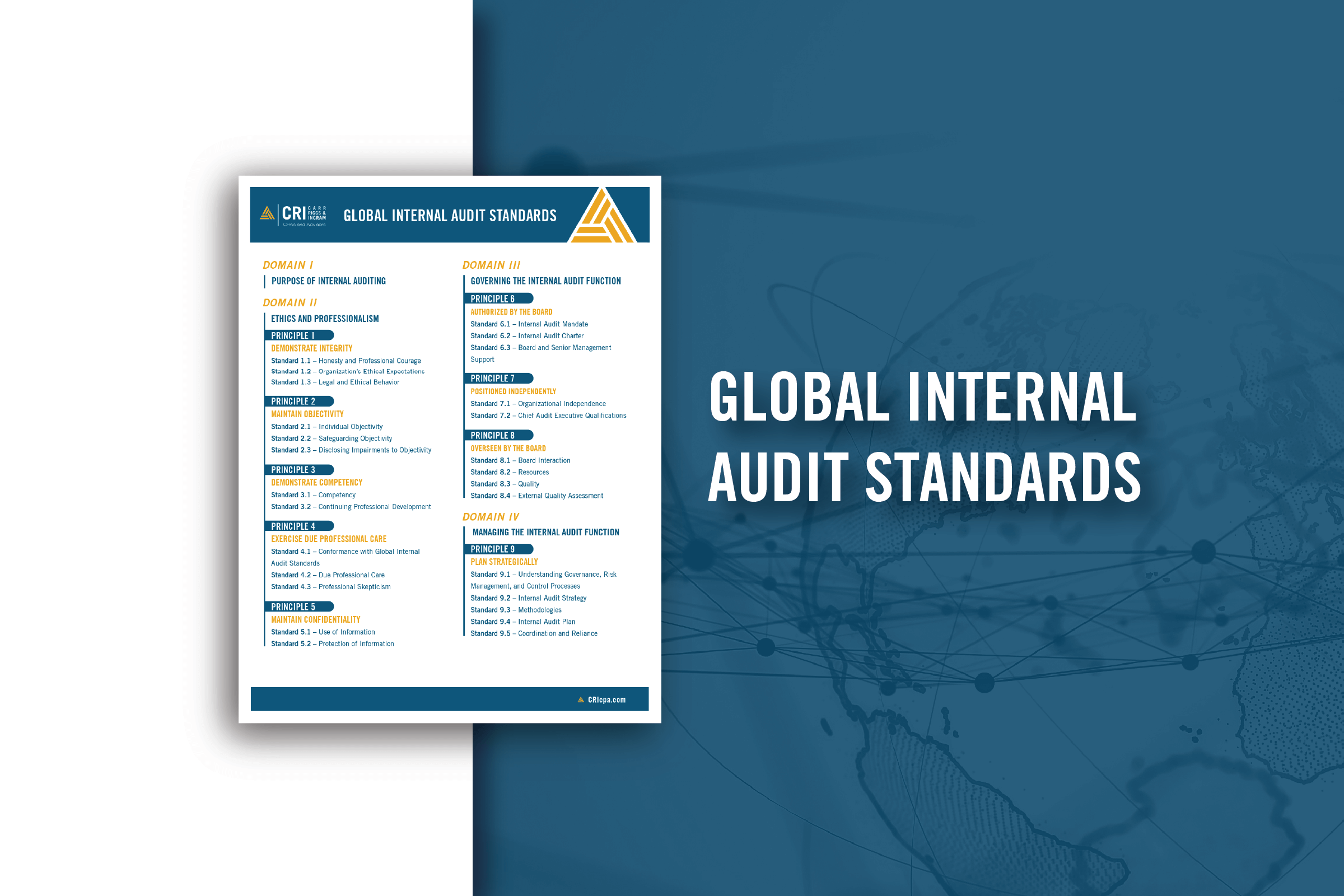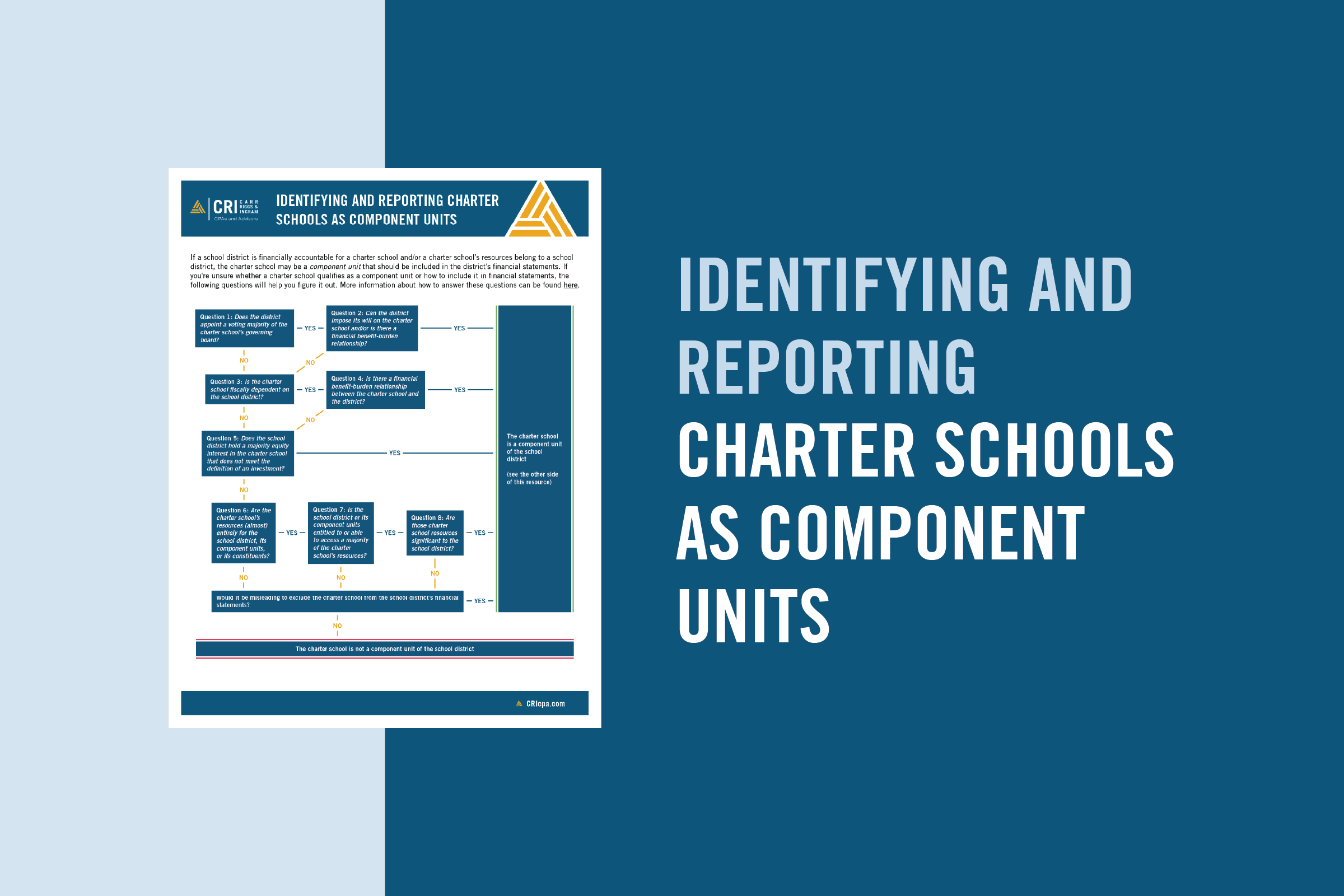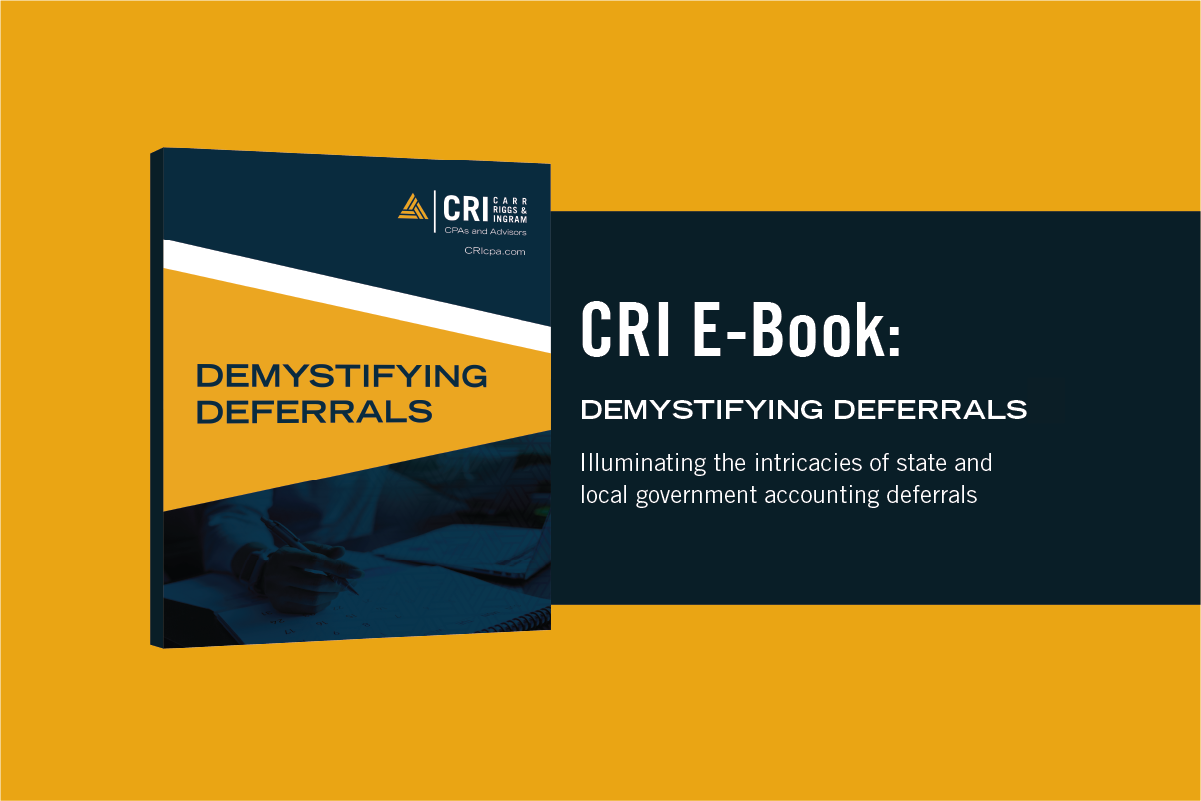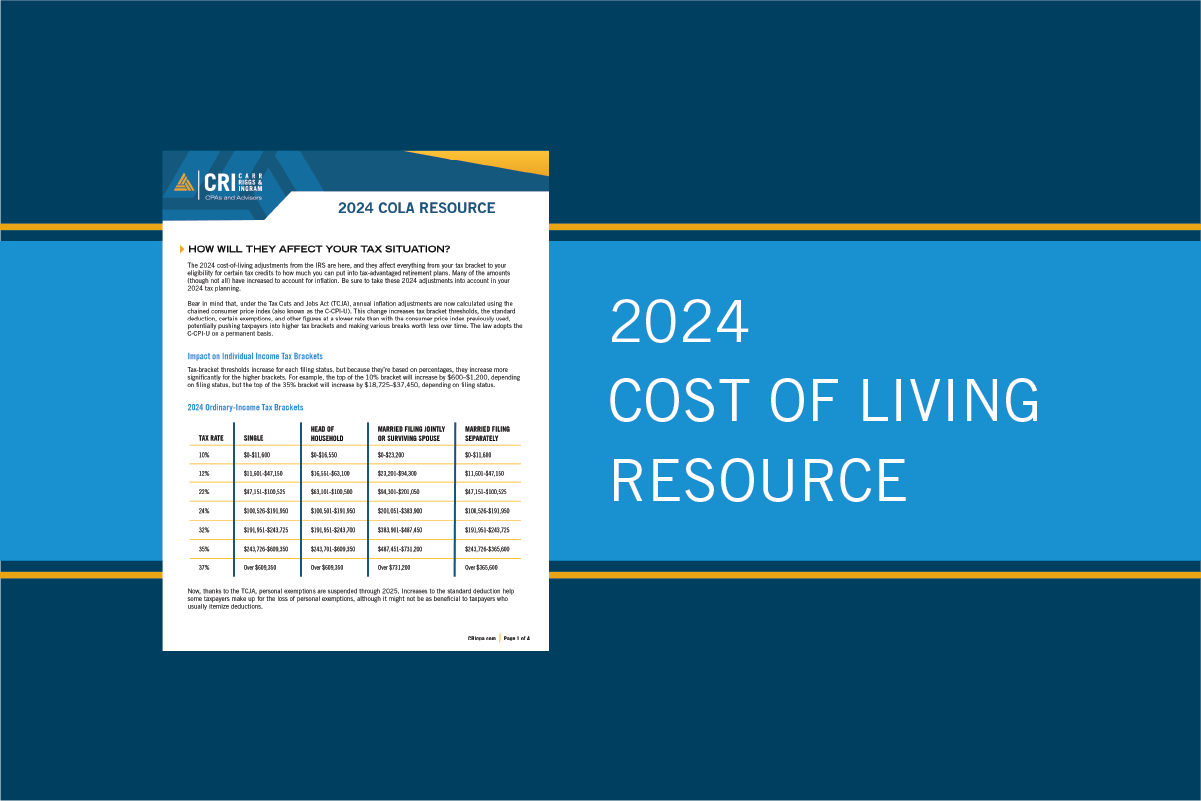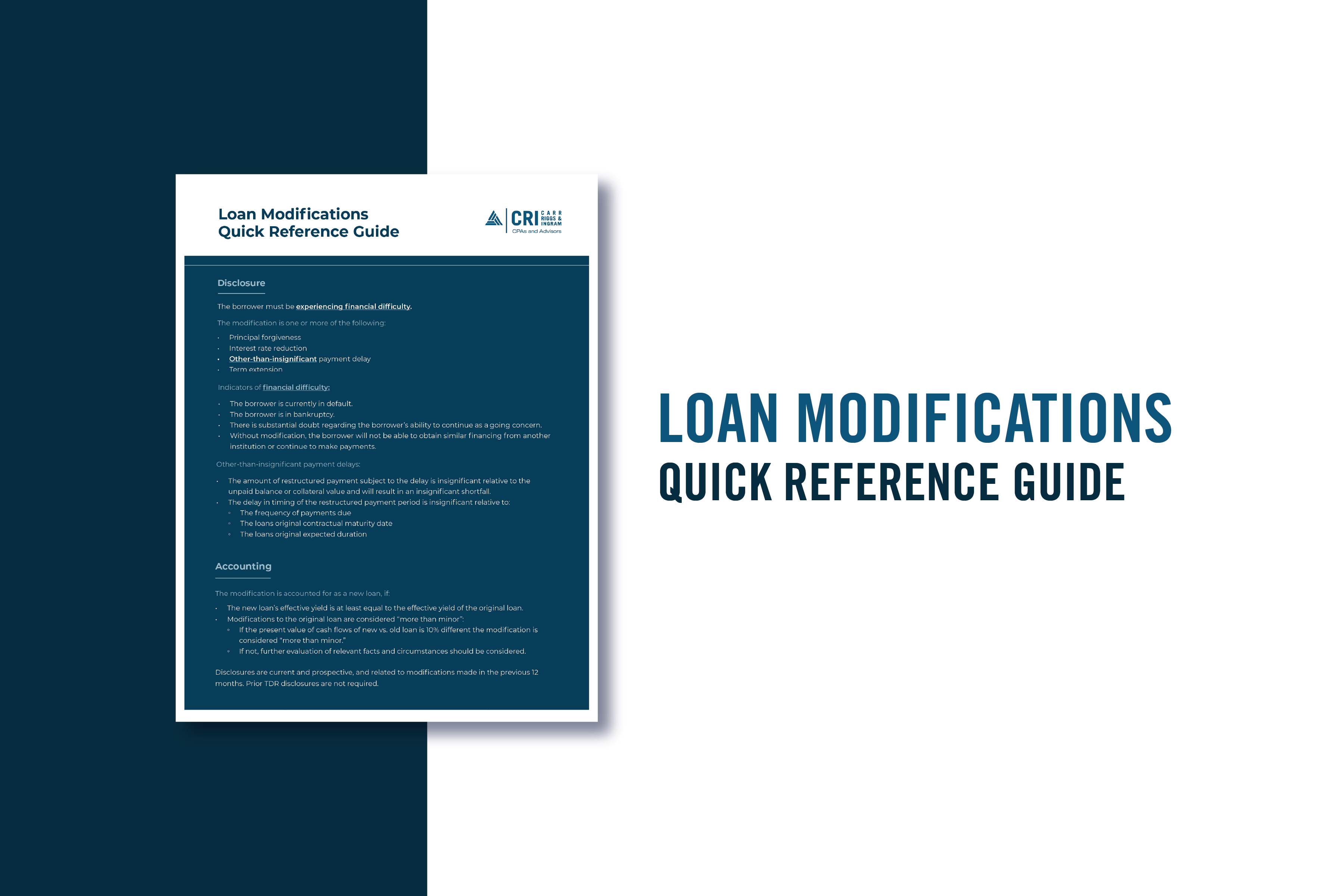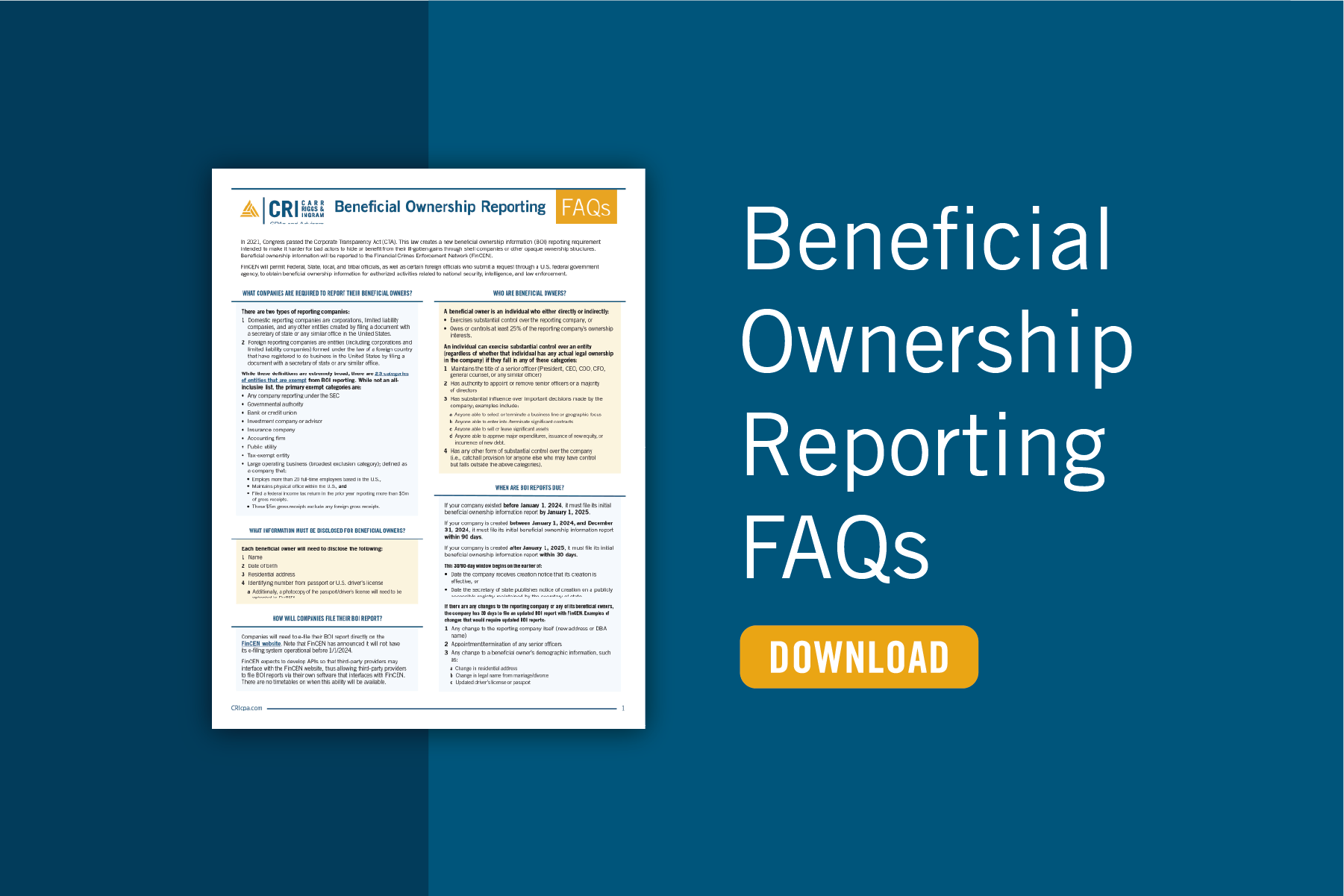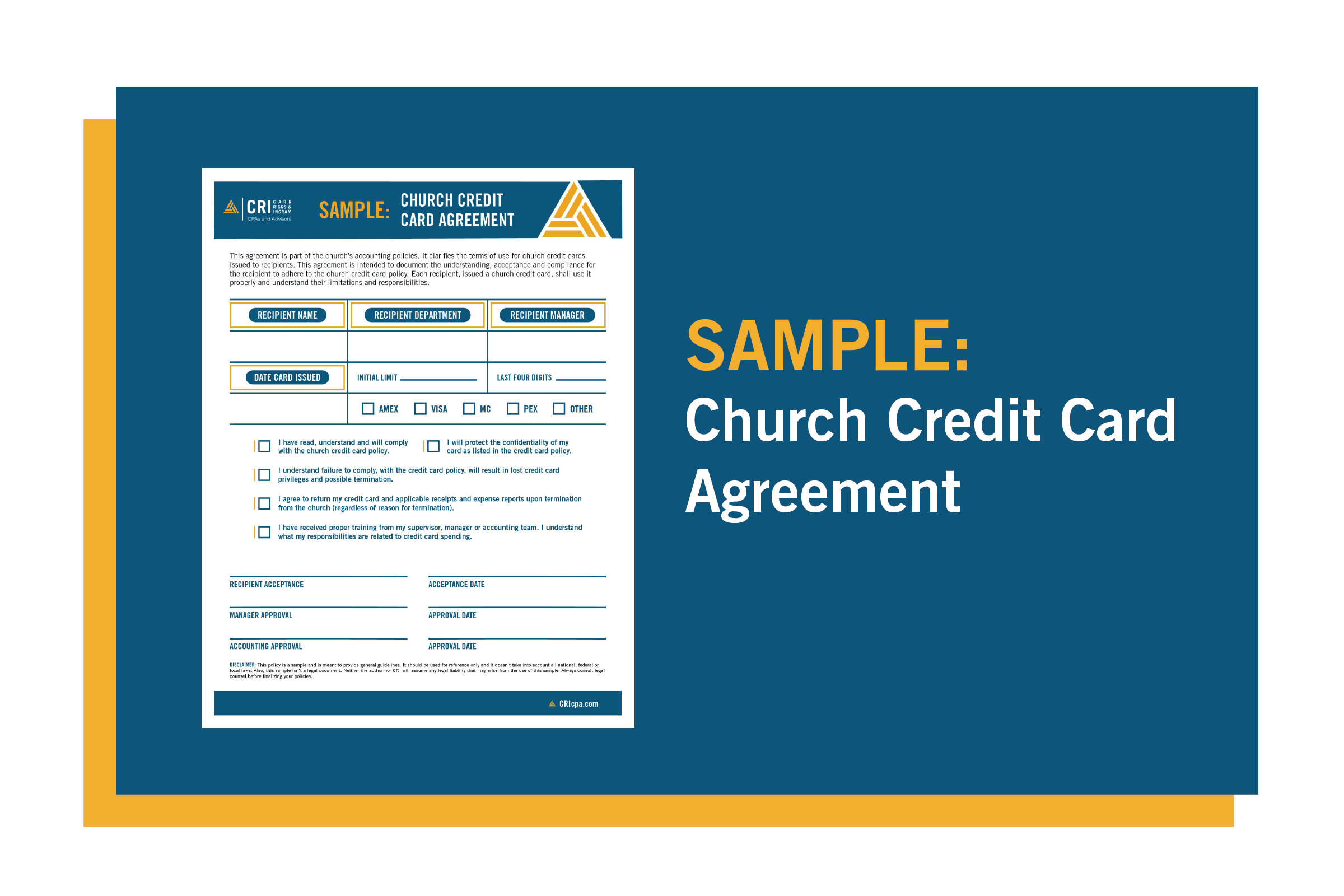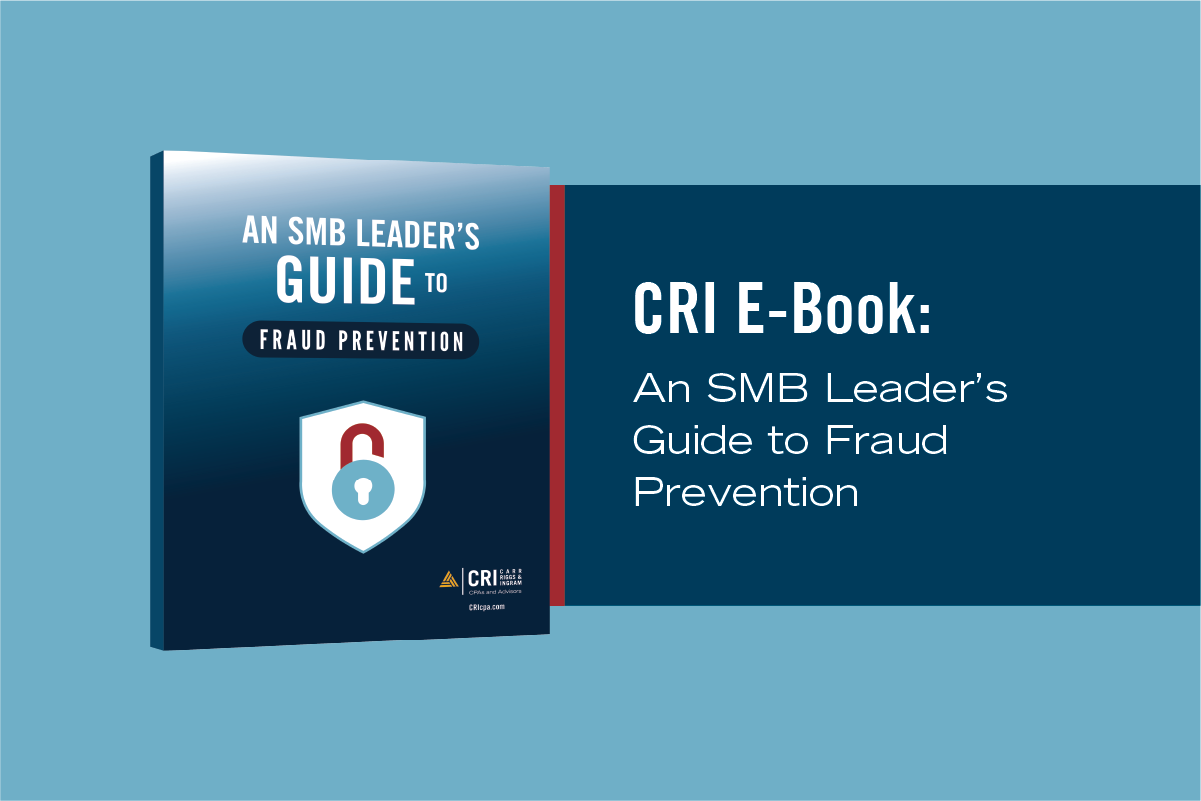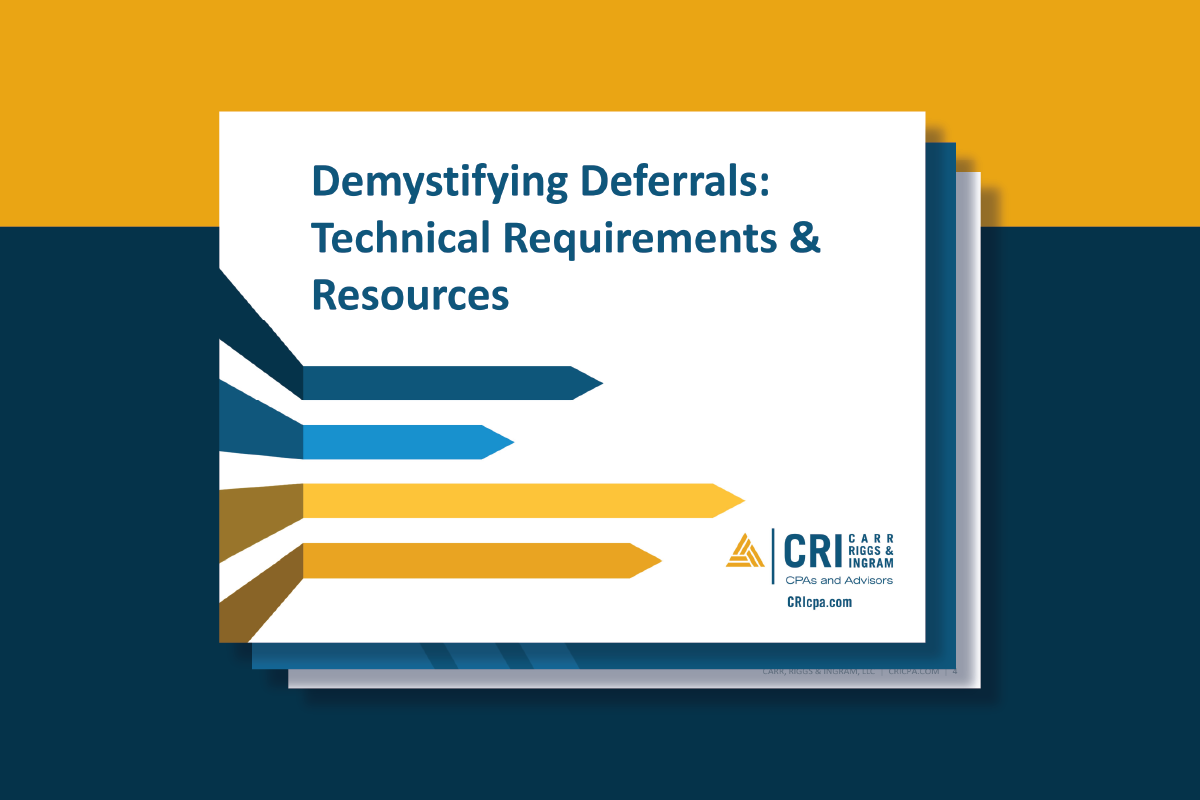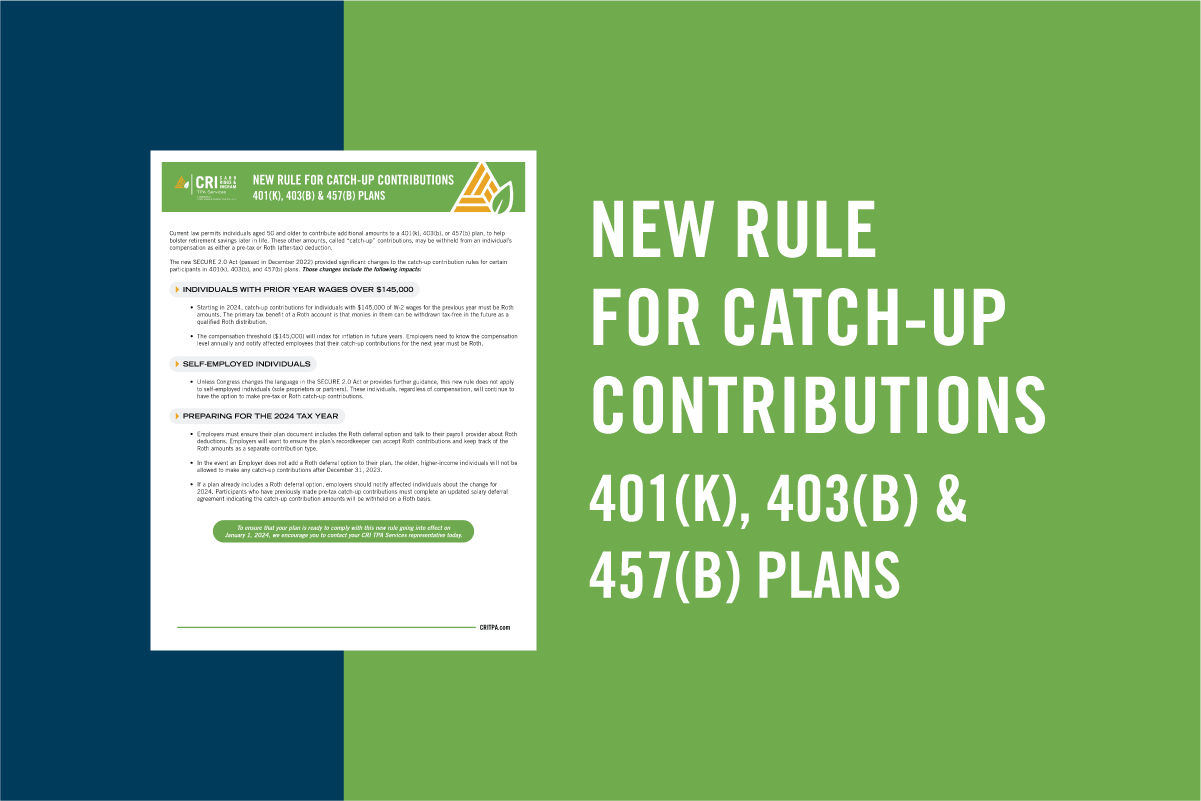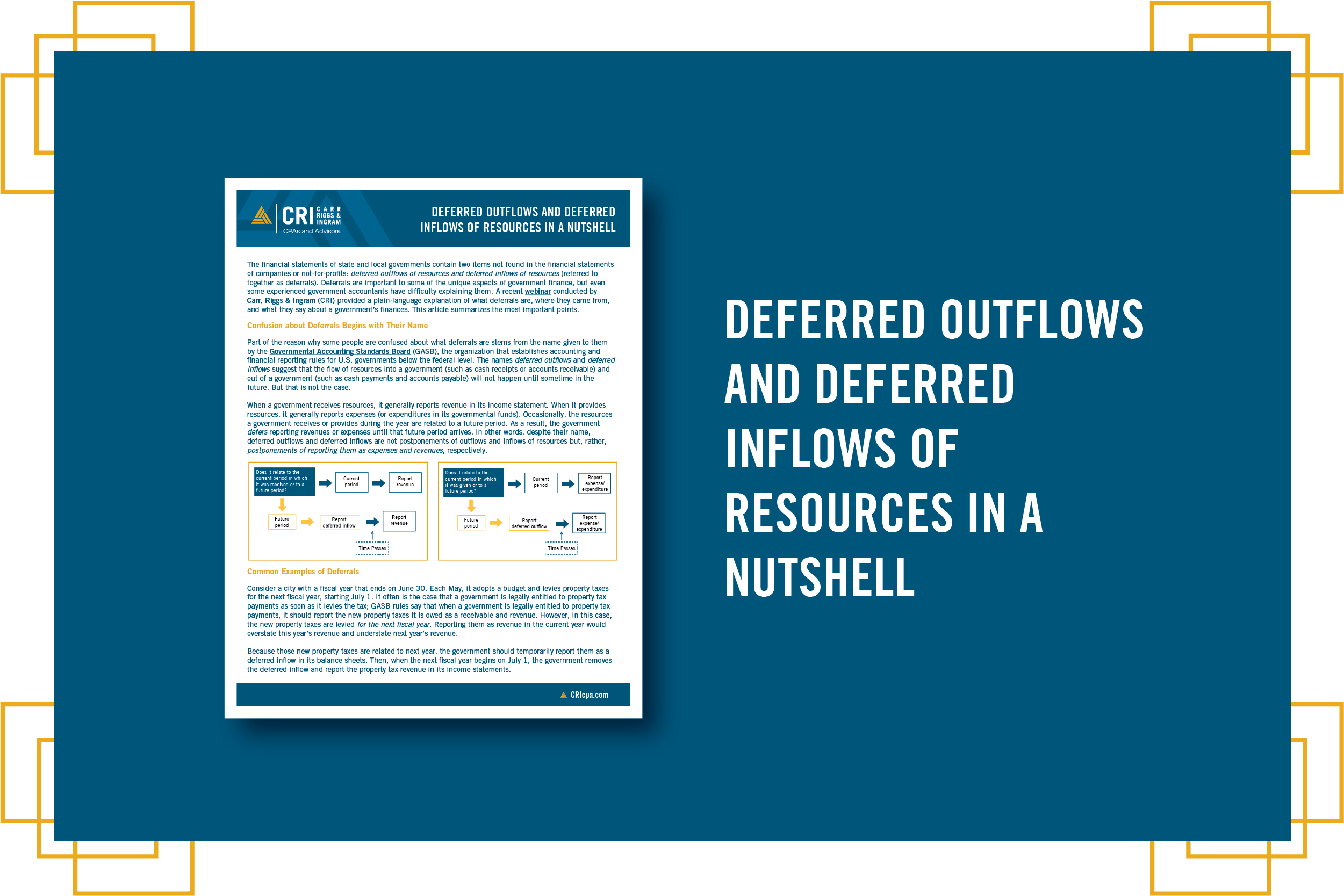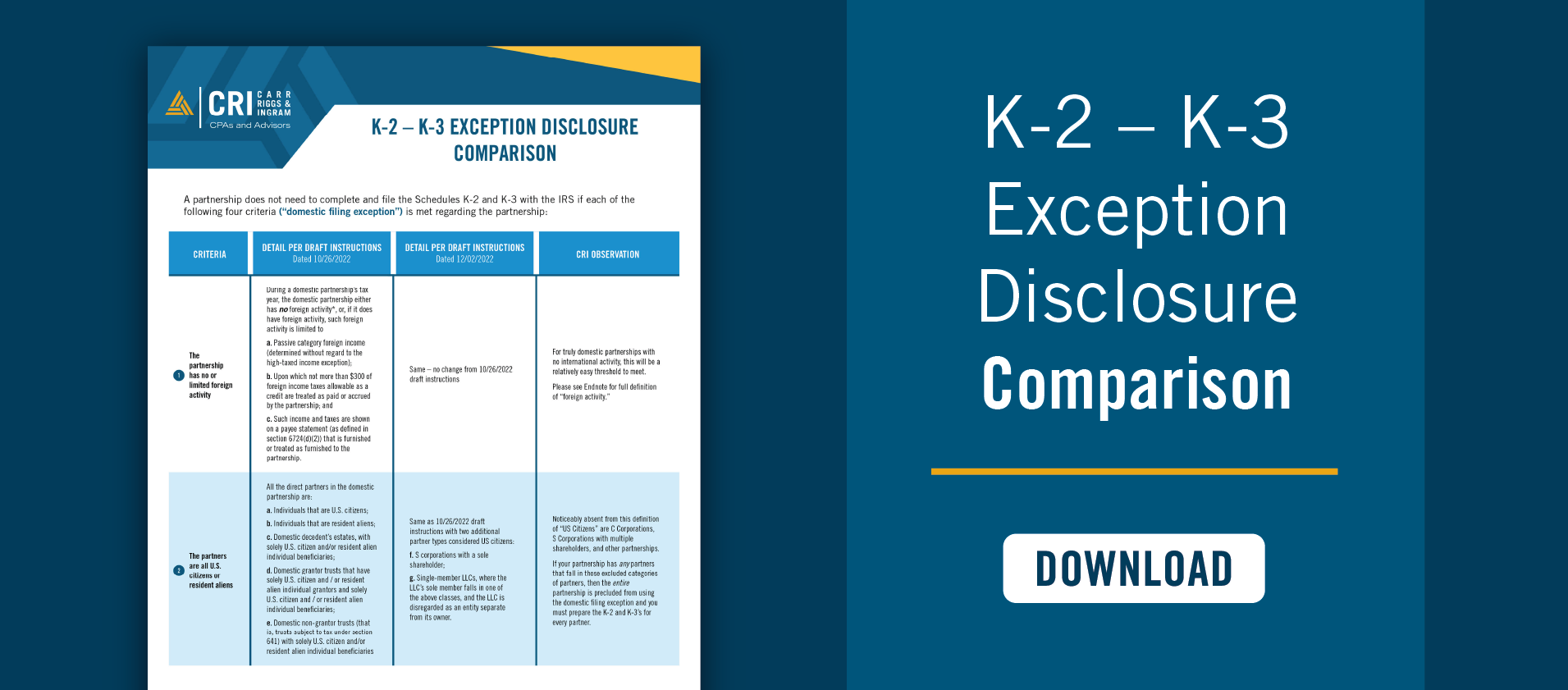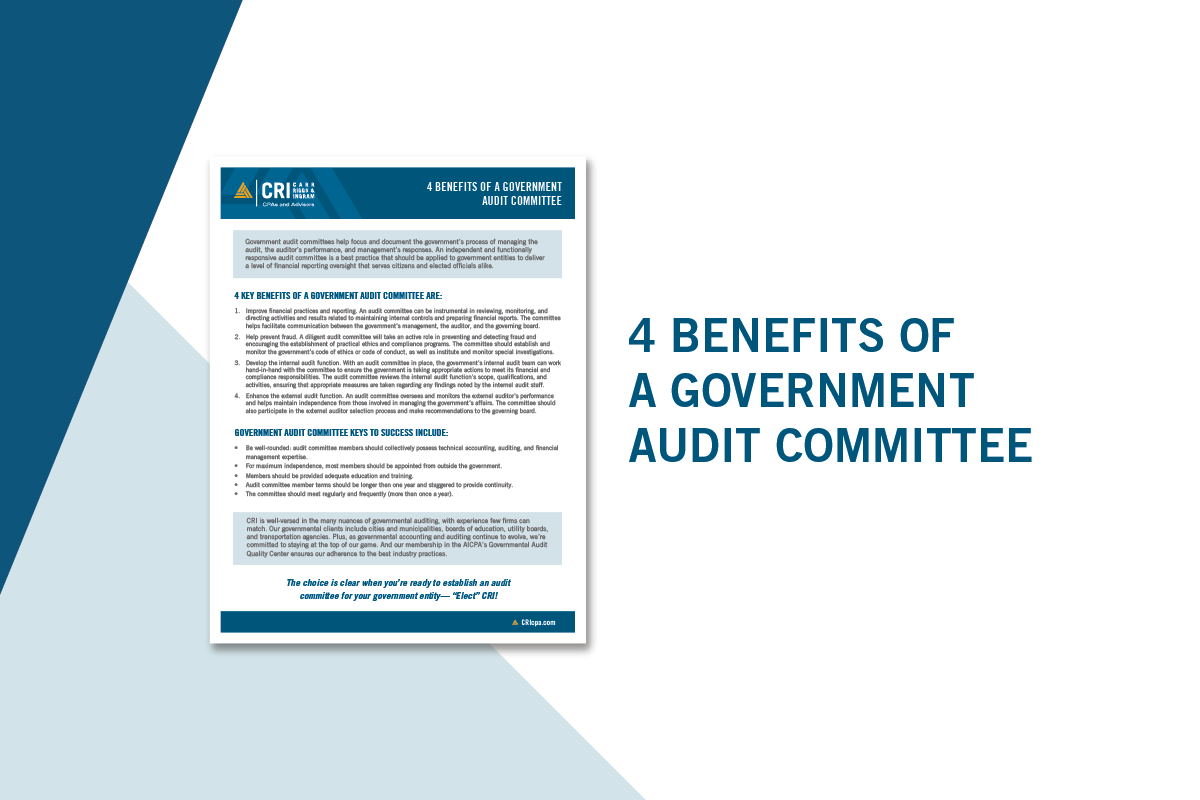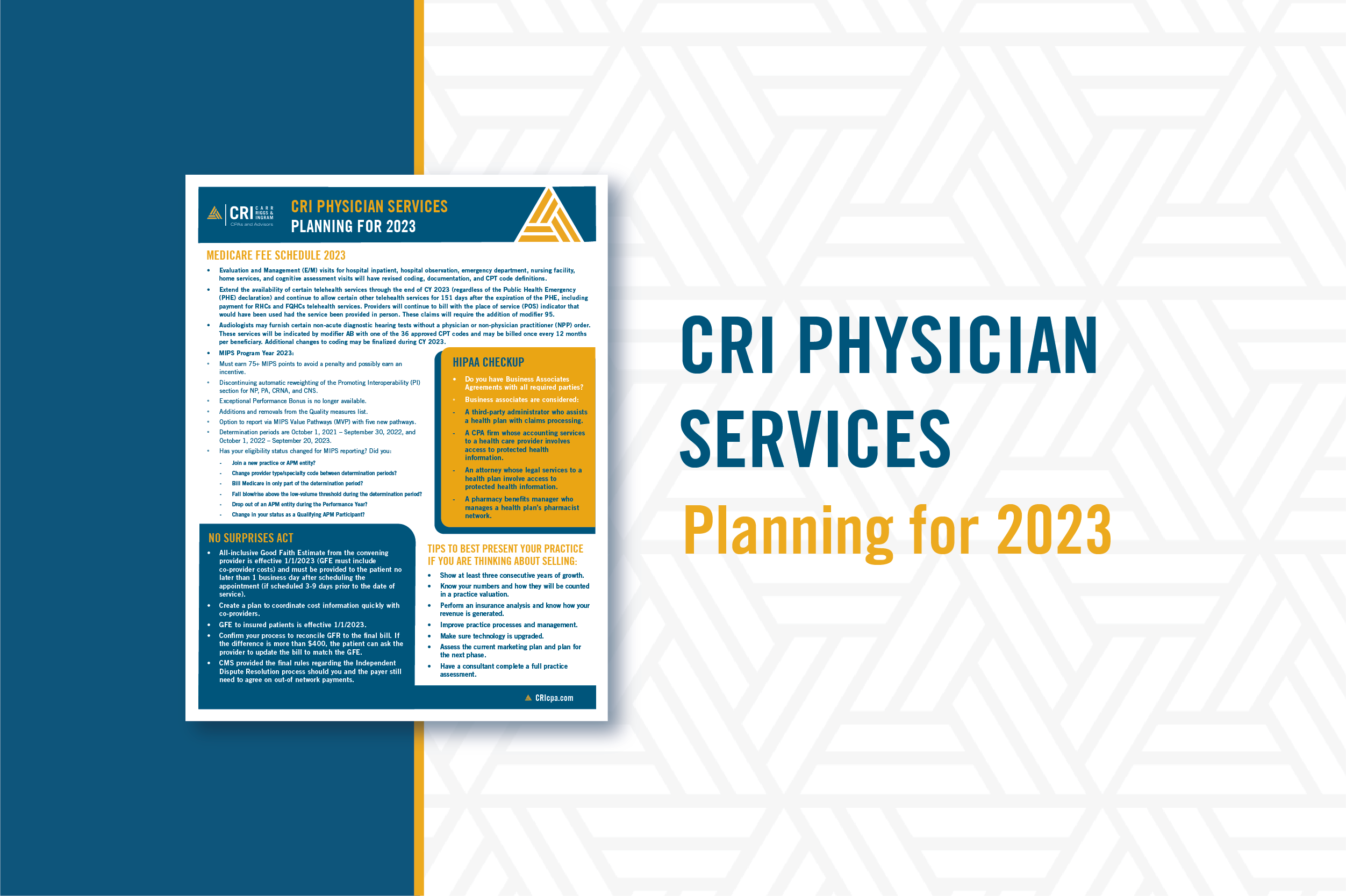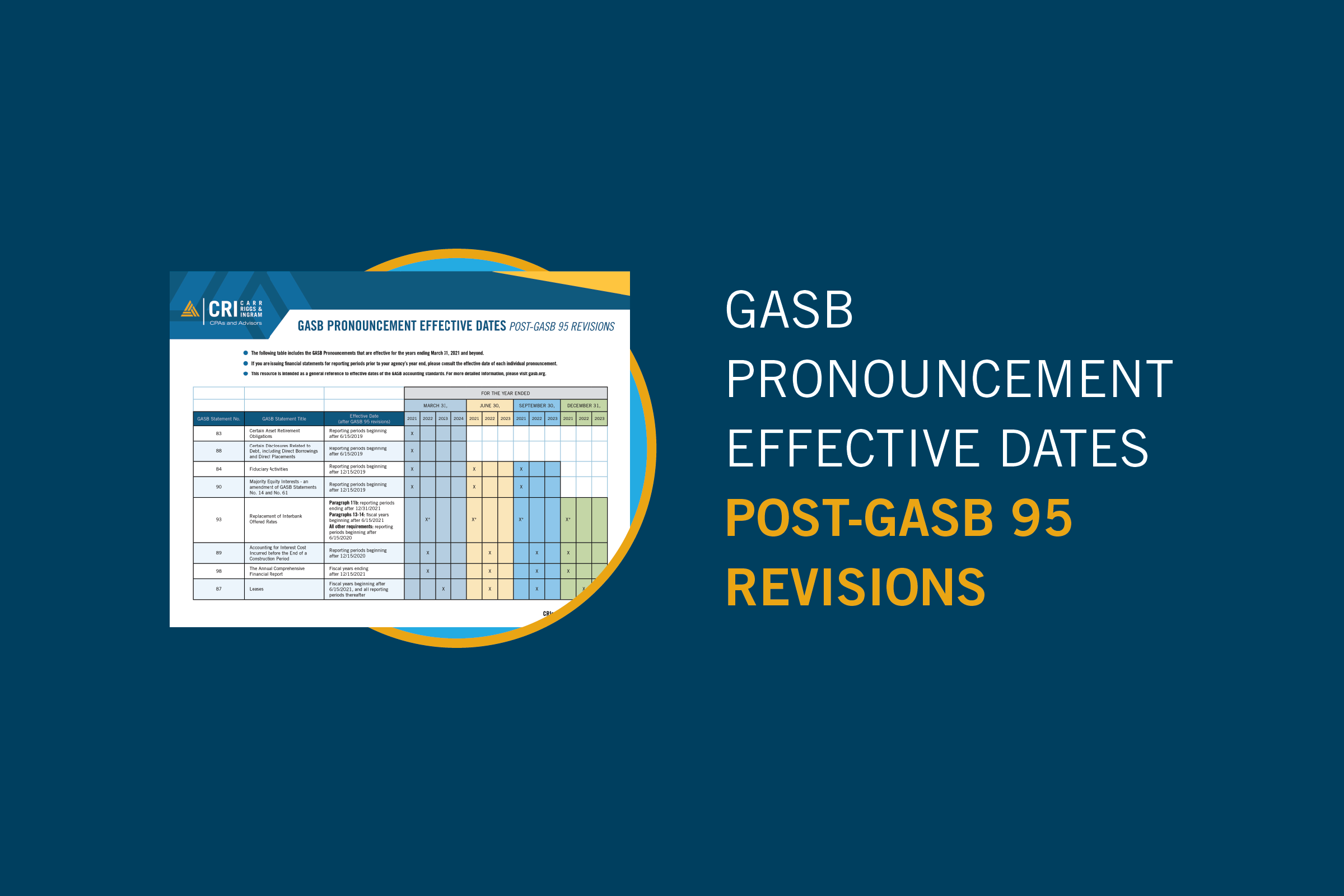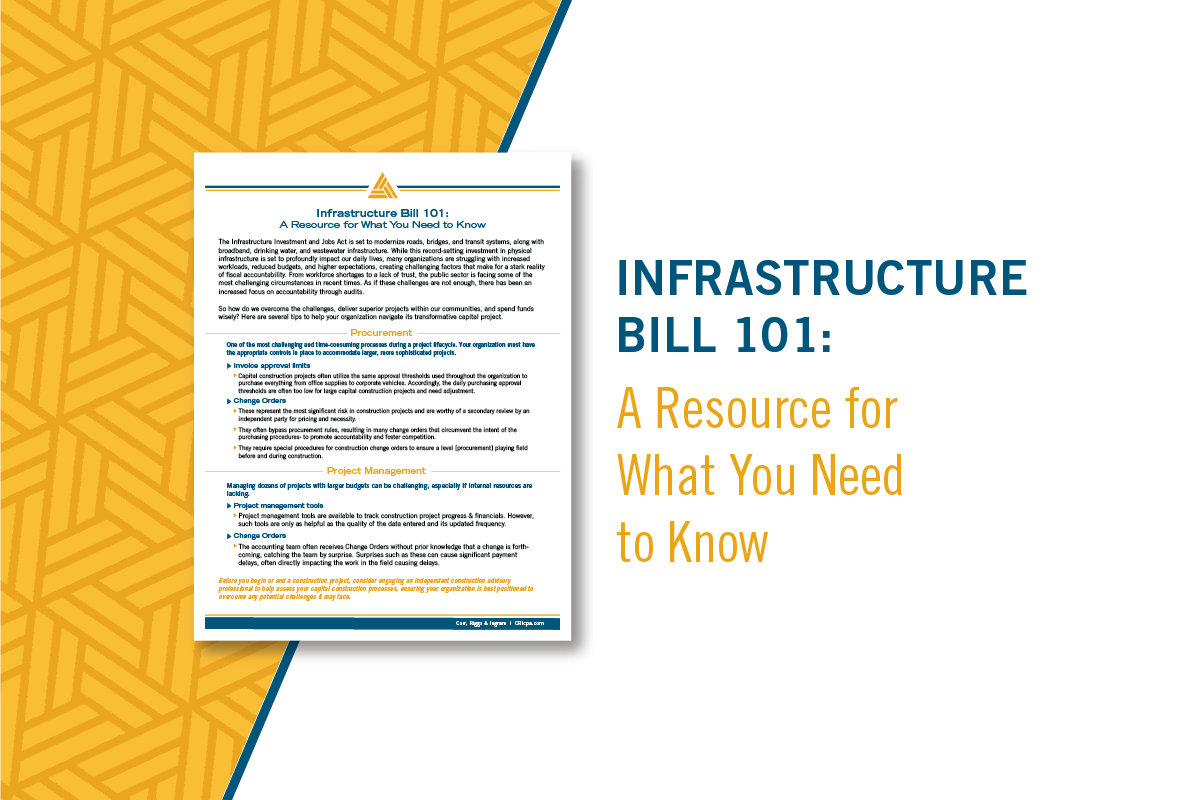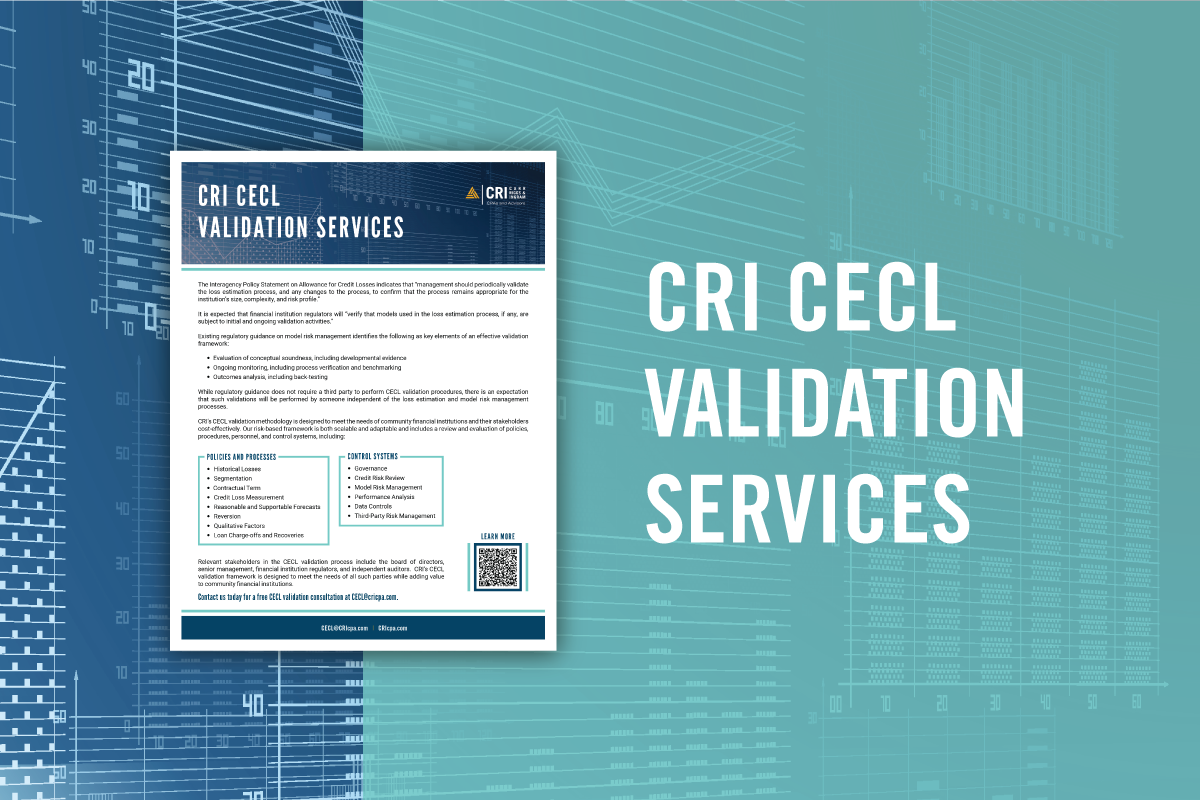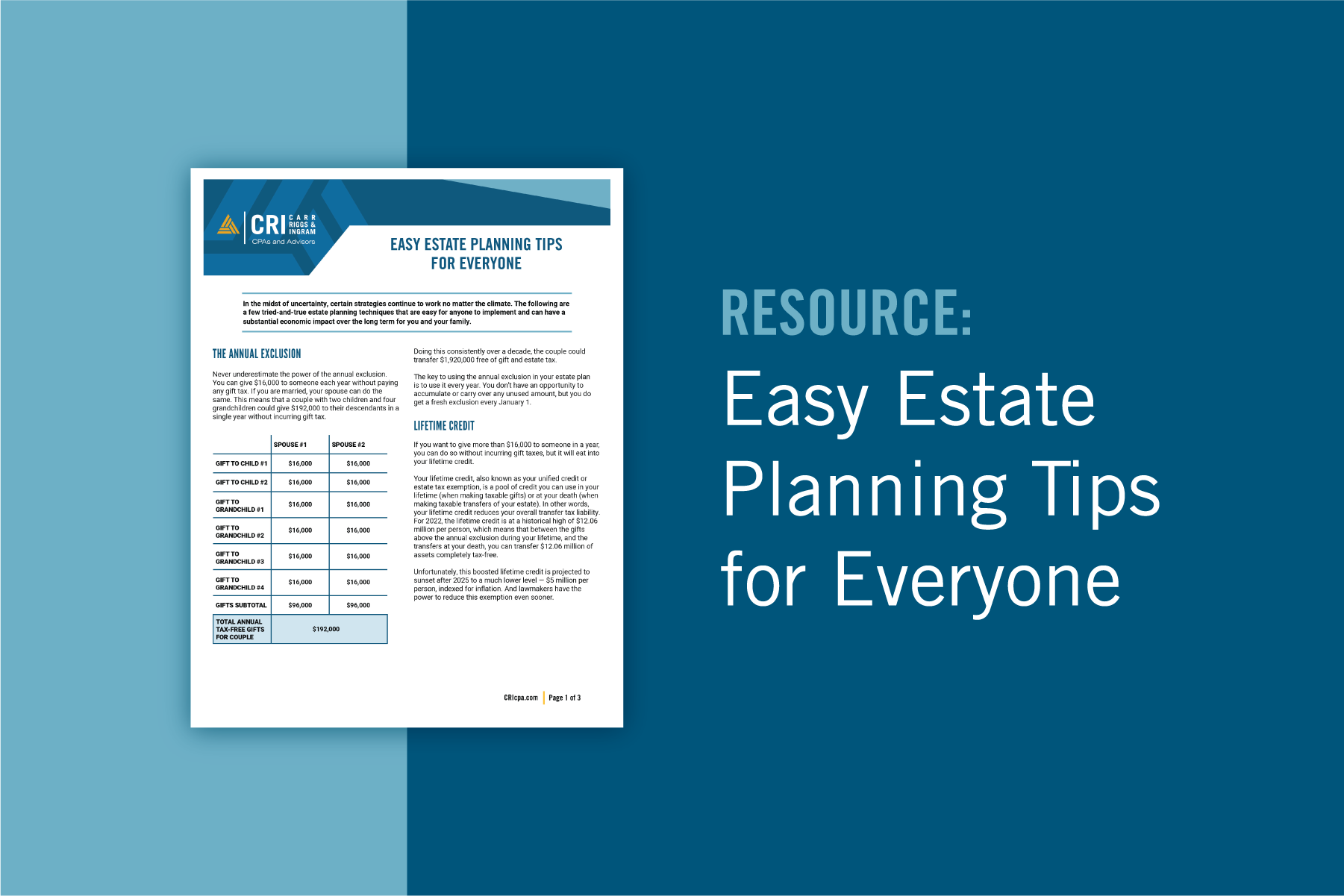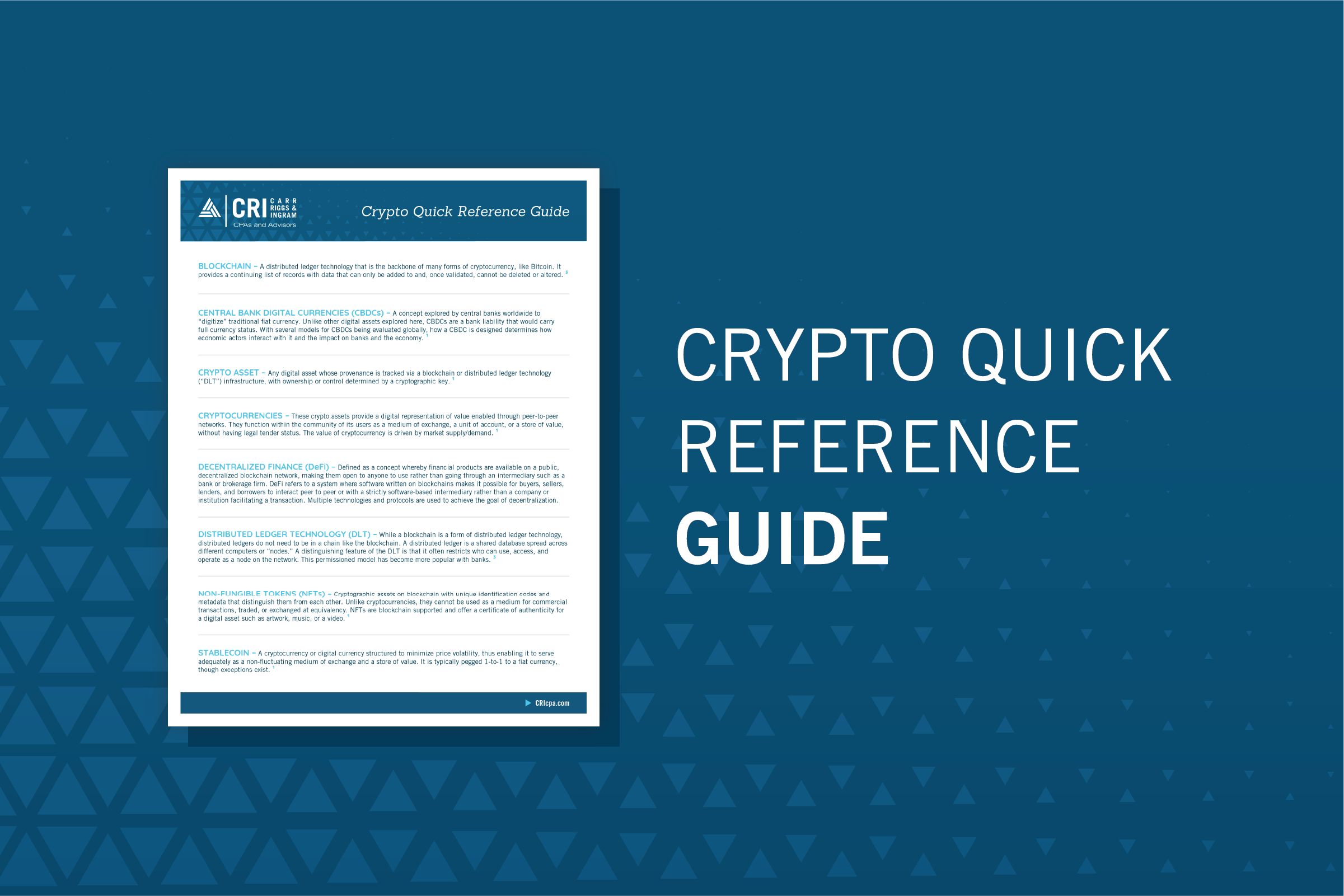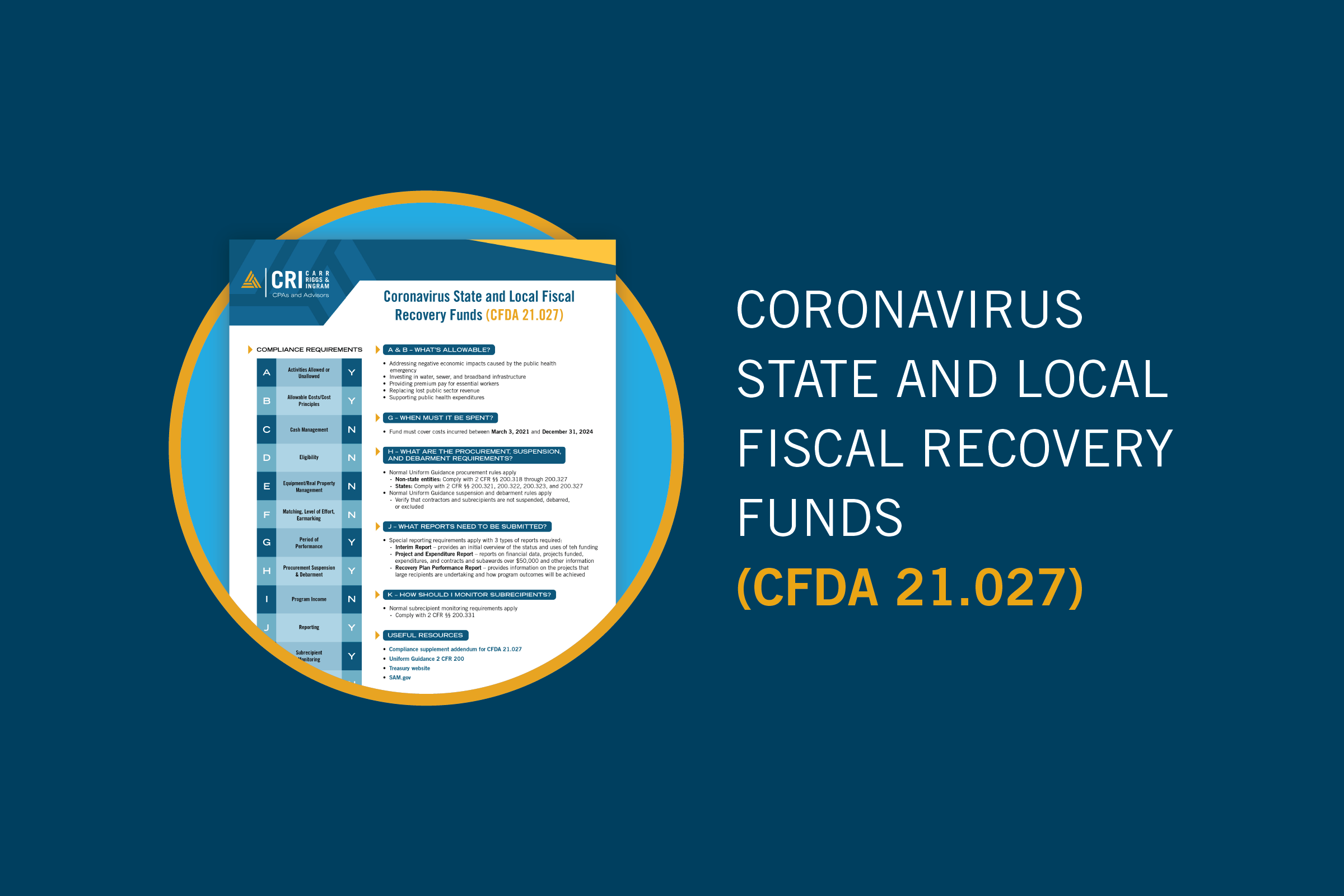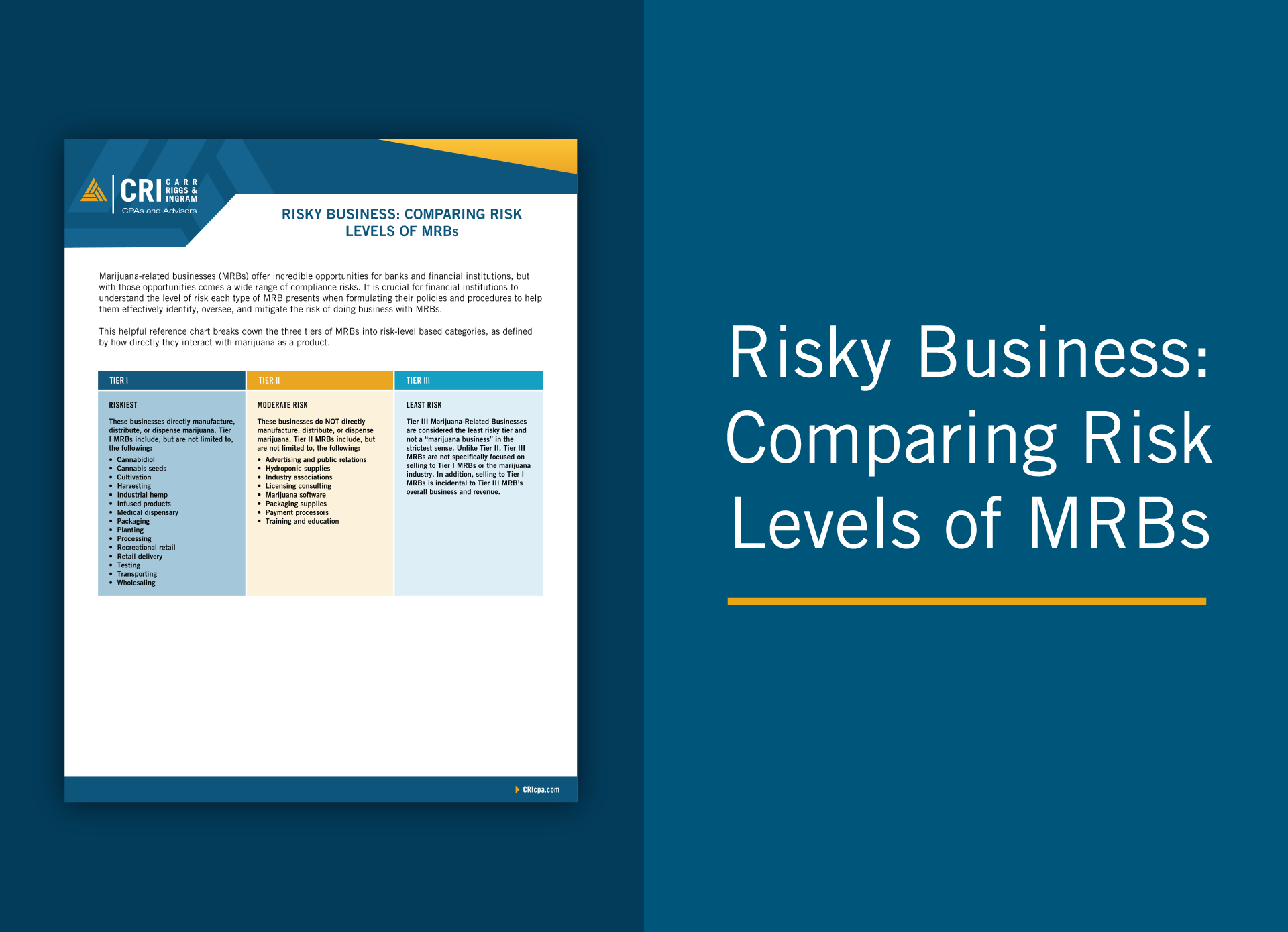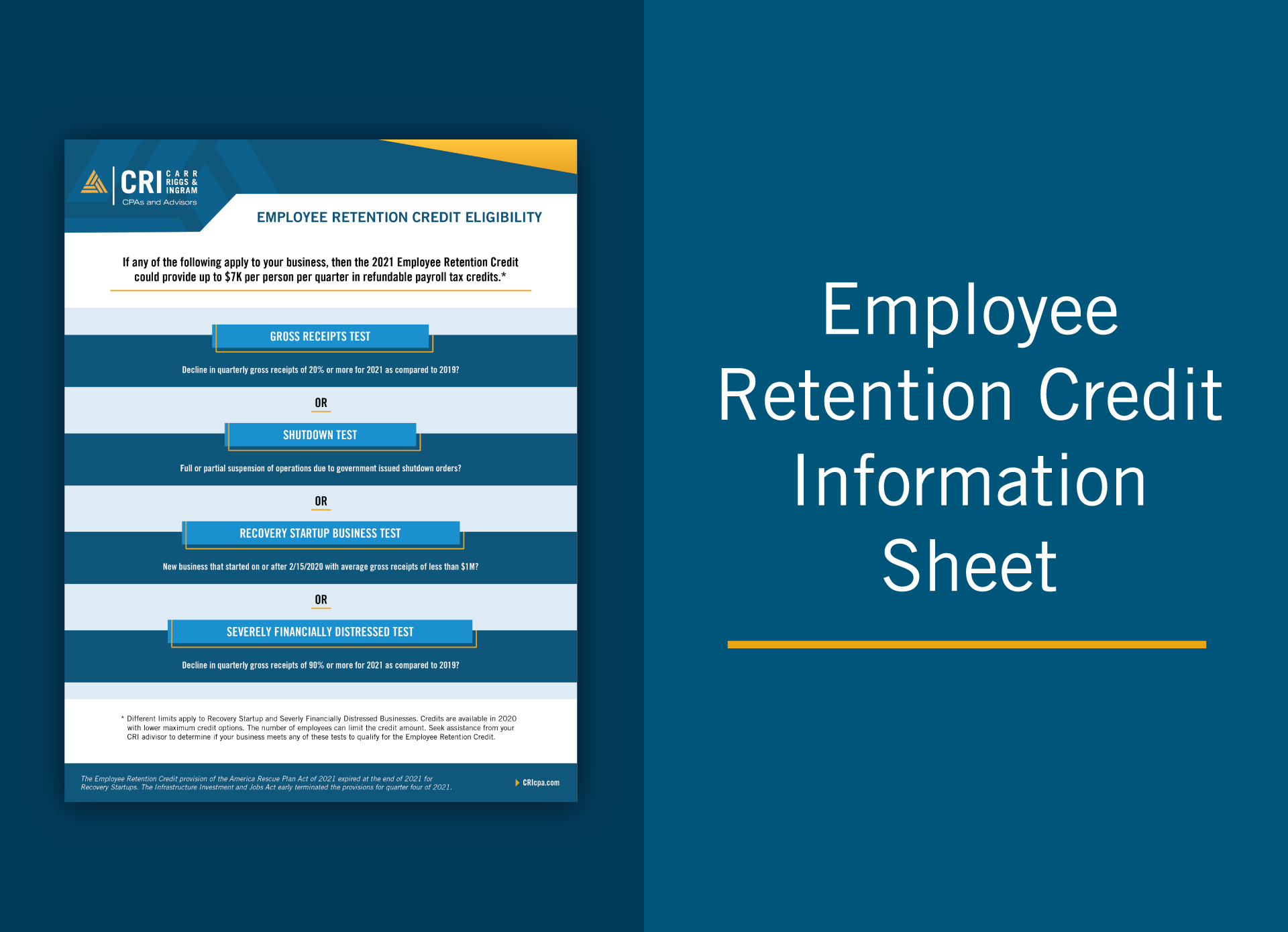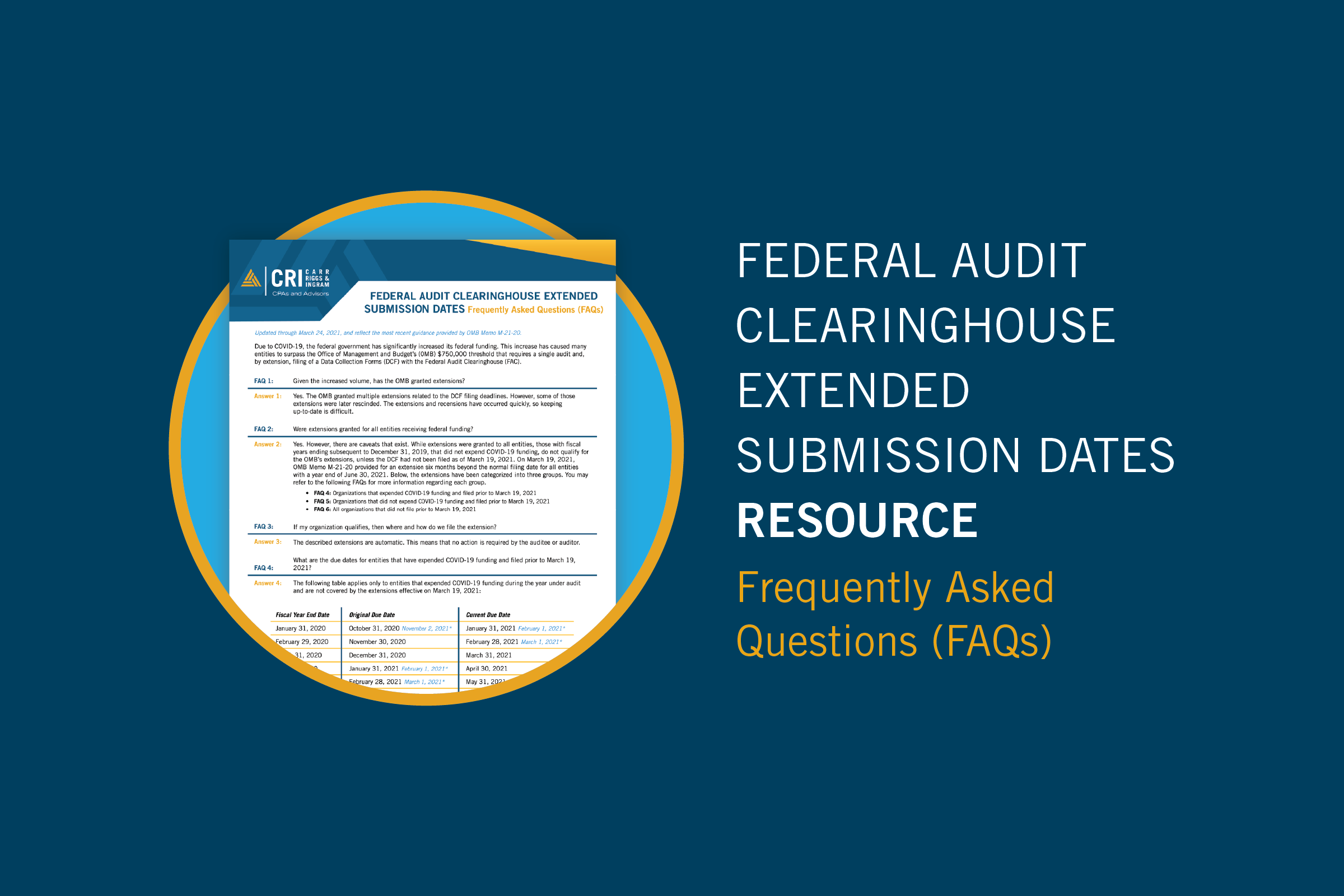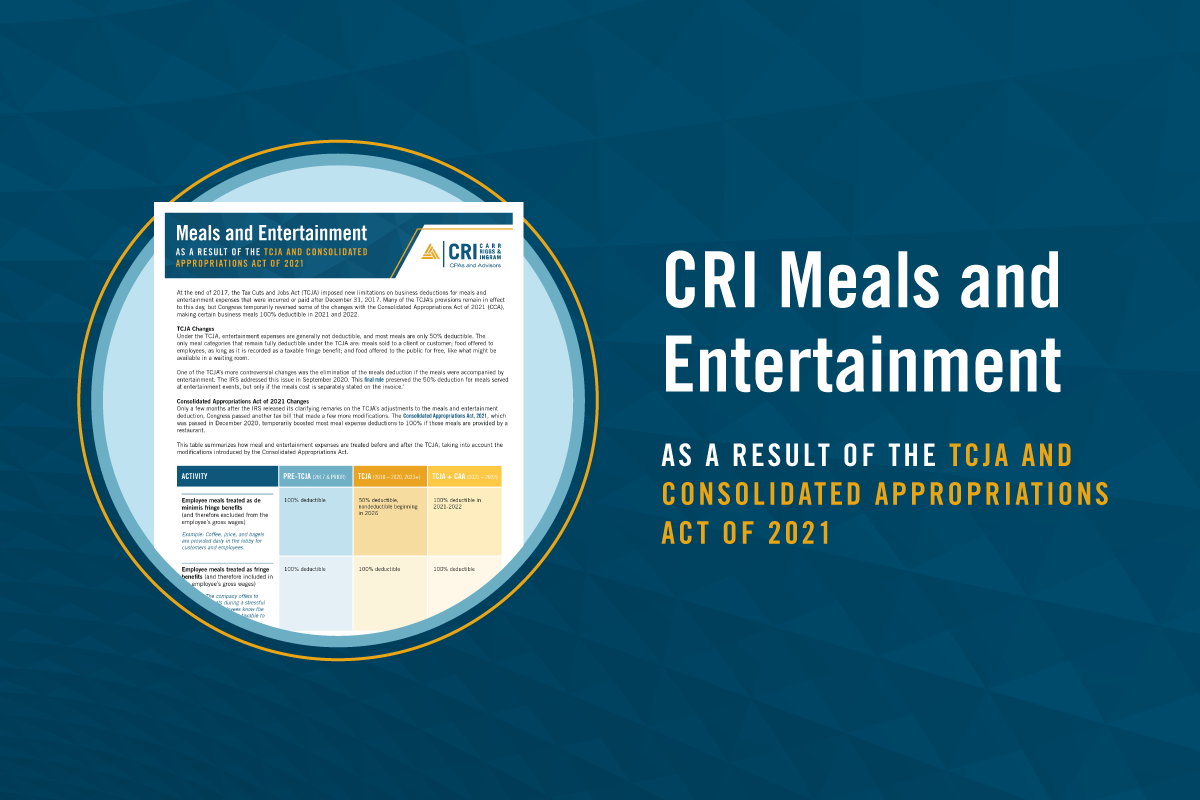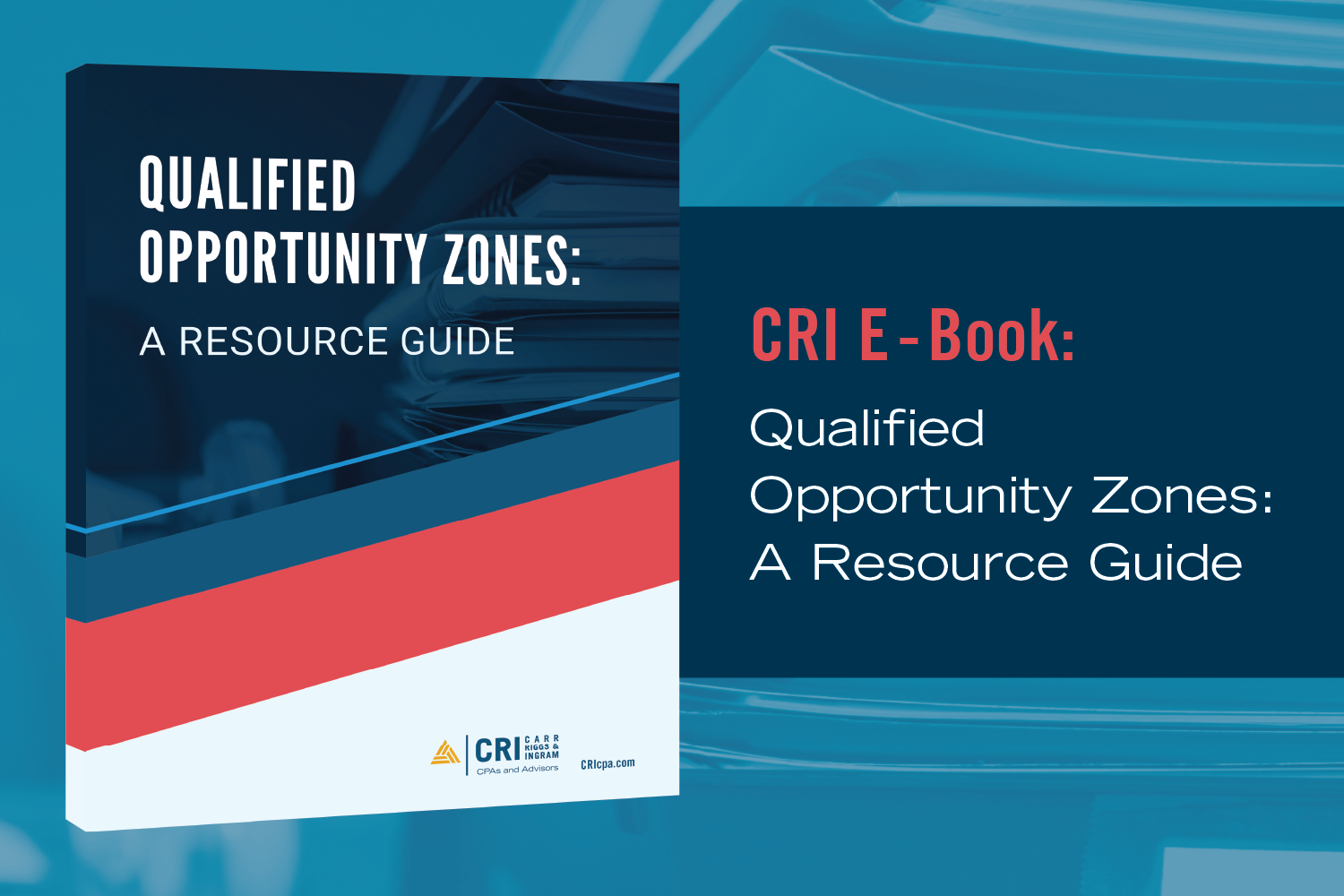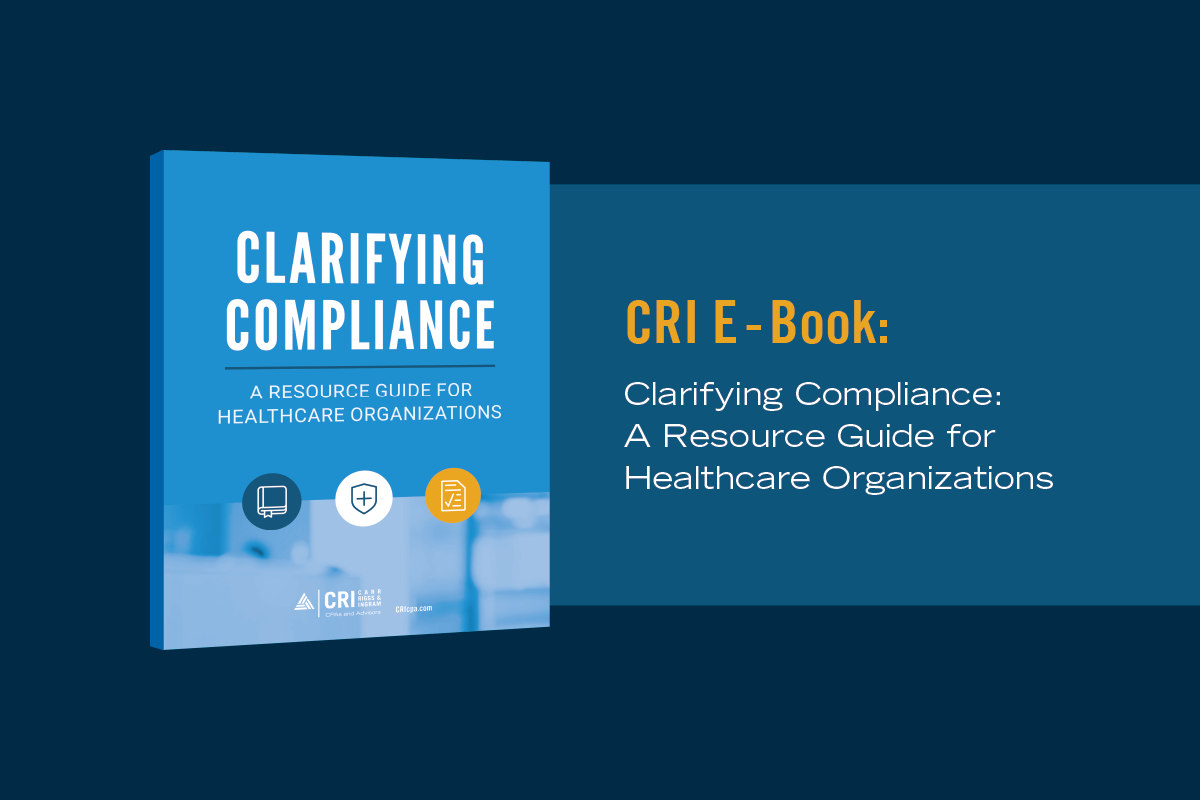CMS is Serious About Hospital Price Transparency
- Contributor
- Bryan Hall
Mar 9, 2023
Last year, the Centers for Medicare and Medicaid Services (CMS) imposed a combined $1.1 million fine on two Atlanta-area hospitals for noncompliance with its hospital price transparency rule, which requires hospitals to publish a machine-readable file of all standard charges and a consumer-friendly list of prices for at least 300 shoppable services.
CMS has sent nearly 500 warning notices and over 230 requests for corrective action plans to hospitals as of January 2023. CMS appears to be encouraged by the overall response in the two years since the rule took effect. “There has been substantial progress in hospitals’ implementation efforts since the hospital price transparency regulation first went into effect on January 1, 2021, although approximately 30% of hospitals must still do more to achieve full compliance,” CMS researchers report.
So far, only two hospitals have been fined for noncompliance. Still, these actions send a clear message to the healthcare industry that CMS is committed to enforcement.
Take Heed of CMS Notices
Although debate continues about how to make healthcare pricing more transparent, the transparency movement will continue to advance. The best approach is to marshal your organization’s resources to comply with the rules as they are written to the best of your abilities.
If CMS does send warnings, act as quickly as possible to mitigate any potential penalties. CMS provides ample opportunities to comply. Based on recent precedent, CMS first sends an initial warning about noncompliance, then follows up with a letter requesting the hospital come up with a corrective action plan, and then gives the hospital 45 days to reply before imposing a civil monetary penalty.
Moving Forward Transparently
CMS’s intent is to empower consumers with the information they need to make smart healthcare purchases. But transparency isn’t as simple as it sounds, especially for a sector that has been defined by complex reimbursement formulas and privileged negotiations with third-party payers.
As CMS continues with its transparency campaign, consider how you can keep your organization on the right path:
Benchmark. Considering that a goal of the price transparency movement is to empower healthcare consumers with the information they need to shop around, think about how you can turn transparency requirements into a competitive advantage. Use competitors’ published data to inform your own strategic and operational plans. Don’t stop with pricing data; gather other competitive intelligence, such as quality scores, operating expenses, and any other data you can find.
Educate. Make sure you’re fully up to speed on the transparency rules that apply to your organization. CMS offers a number of price transparency resources, such as machine-readable file sample formats, slide presentations, answers to frequently asked questions, and implementation checklists.
Communicate. Any major change requires clear and up-front internal communication. Name a transparency “point person” to stay current with the transparency rules, and educate clinical and administrative staff about what your organization is doing to comply and how to answer consumer questions.
Go above and beyond. Consider how the information you’ve published can help create a more positive patient experience. For example, many hospitals have invested in cost estimators and other tools to predict an individual’s out-of-pocket costs.
The trend toward transparency is unlikely to change. Compliance may be time-consuming and expensive, but your hospital will be better off embracing transparency and making it a competitive advantage rather than inviting scrutiny by CMS. Wherever your organization is in its transparency journey, your CRI healthcare advisor is ready to lend a hand.















